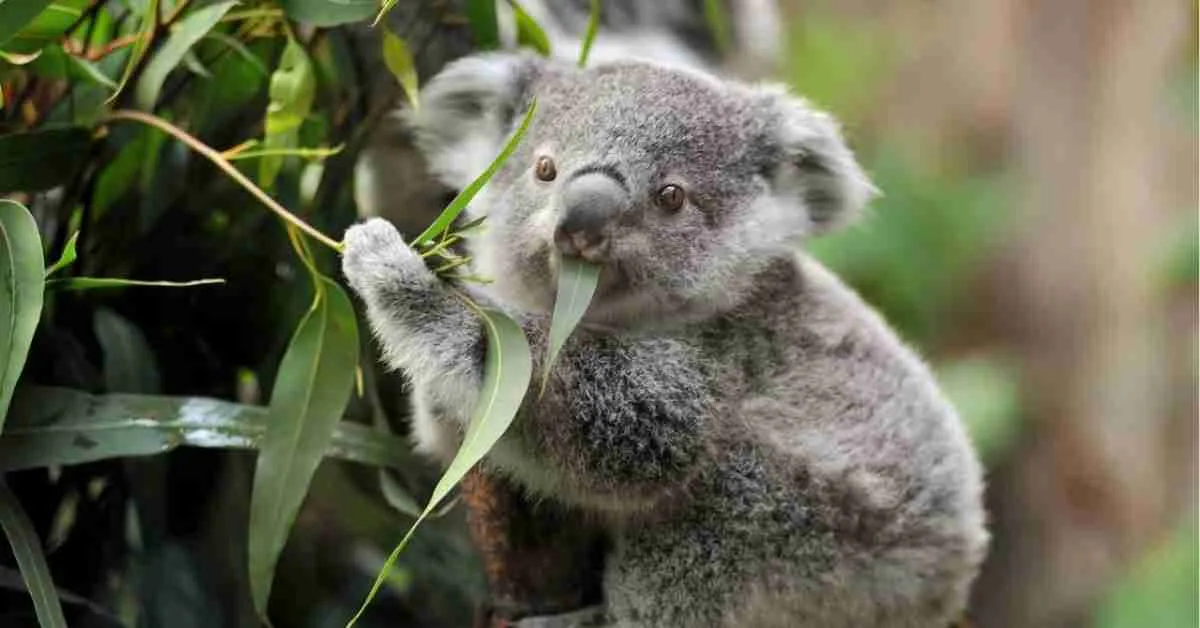
10 Wonderful Wildlife of Australia
Australia is home to some of the most extraordinary wildlife on Earth. Thanks to its long isolation as an island continent, Wildlife Australia boasts species found nowhere else. From curious mammals to fearsome reptiles, the country’s biodiversity is fascinating and vital to global ecosystems.
In this blog, we explore 10 wonderful Wildlife Australia highlights. Each creature showcases unique adaptations that help it thrive in Australia’s diverse landscapes. Let’s dive into the incredible world of Australian animals!
1. The Playful Kangaroo: Australia’s Iconic Marsupial
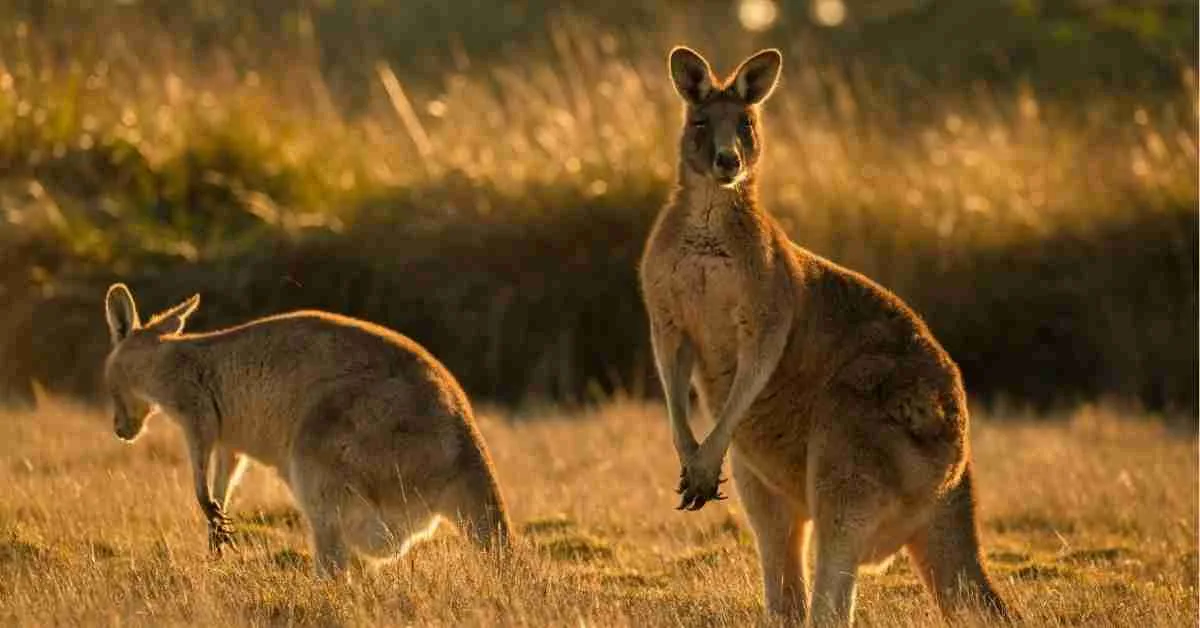
Kangaroos are synonymous with Wildlife Australia. These marsupials use powerful hind legs to hop at high speeds and balance with muscular tails. Interestingly, kangaroos cannot walk backward—their legs simply don’t allow it!
They live in groups called mobs and communicate through foot thumps. Kangaroos also have a unique reproductive system—females can pause pregnancy with harsh conditions.
2. The Clever Koala: A Eucalyptus-Loving Specialist

Koalas are expert tree-dwellers, spending up to 20 hours a day sleeping in eucalyptus branches. Their specialized diet consists solely of eucalyptus leaves, which are toxic to most animals.
Koalas have a long gut and rely on gut bacteria to break down tough leaves. Sadly, habitat loss threatens these adorable marsupials, making conservation efforts crucial.
3. The Mighty Saltwater Crocodile: Apex Predator of the North
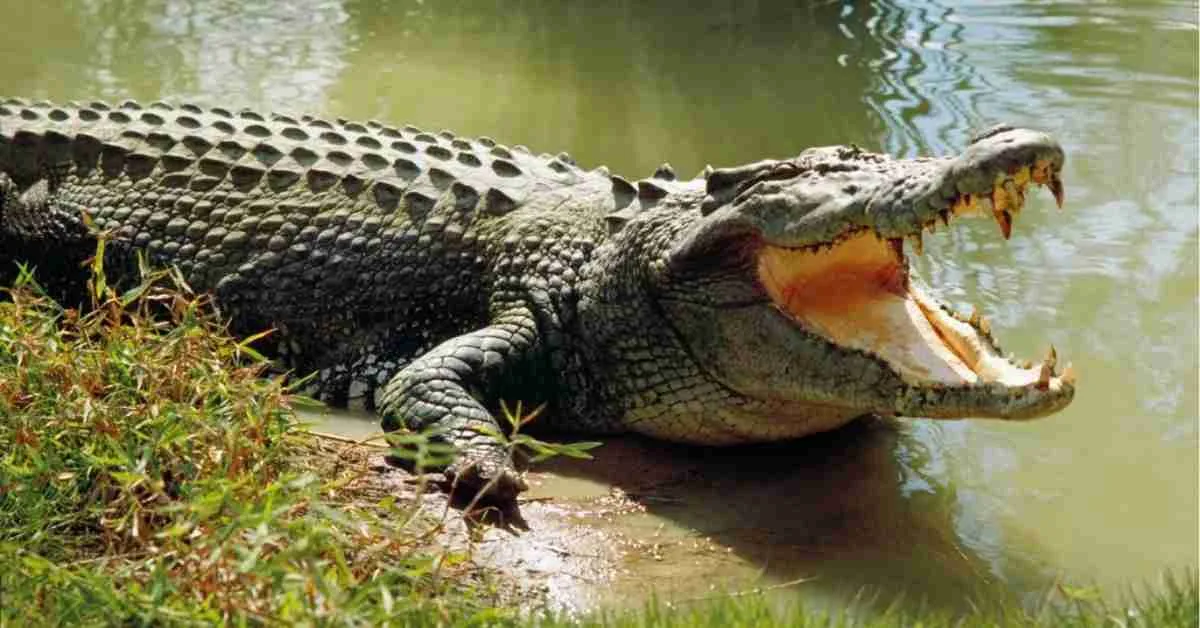
The saltwater crocodile is the largest reptile on Earth, growing over 6 meters long. These ancient predators lurk in northern Australia’s rivers and coasts, using stealth and brute strength to hunt.
Unlike most reptiles, saltwater crocs regulate body temperature by basking in the sun or cooling off in water. Their powerful jaws can crush bones in a single bite!
4. The Elusive Platypus: A Mammal That Lays Eggs

The platypus is one of Australia’s most bizarre animals. This egg-laying mammal has a duck-like bill, webbed feet, and venomous spurs on males.
Platypuses hunt underwater using electroreception to detect prey. They are shy creatures, mostly active at dawn and dusk. Protecting their freshwater habitats is essential for their survival.
5. The Colorful Rainbow Lorikeet: A Vibrant Parrot
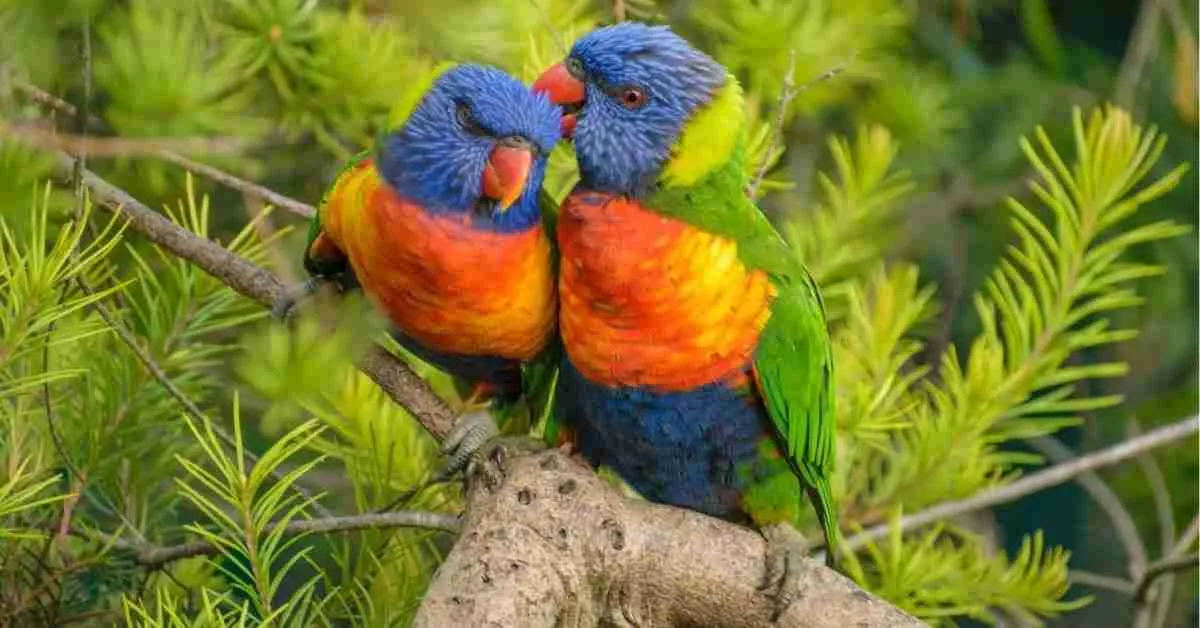
Rainbow lorikeets brighten Australia’s skies with their striking plumage. These social birds feed on nectar, pollen, and fruits, using brush-tipped tongues to sip flowers.
They nest in tree hollows and communicate with loud, cheerful calls. Urban areas often attract lorikeets, making them a favorite among birdwatchers.
6. The Wombat: Nature’s Bulldozer
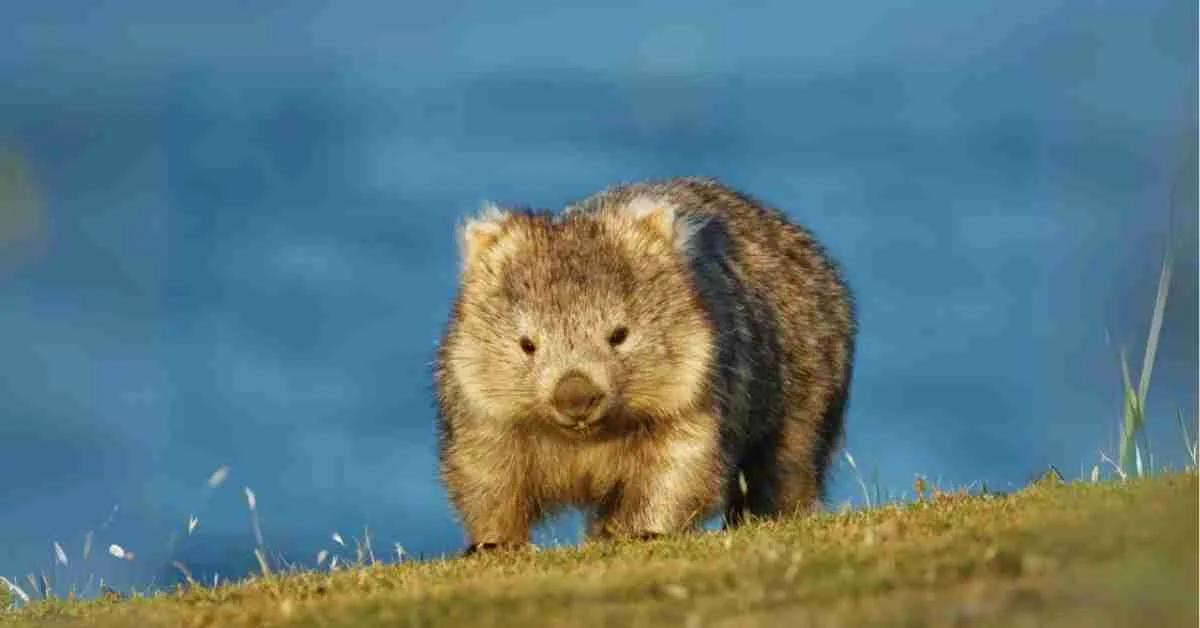
Wombats are sturdy burrowers with cube-shaped poop—a unique trait in the animal kingdom. Their strong claws dig extensive tunnel systems, which provide shelter from predators.
These nocturnal marsupials can run surprisingly fast when threatened. Wombats also play a key role in soil health by turning over the earth as they dig.
7. The Cassowary: A Living Dinosaur
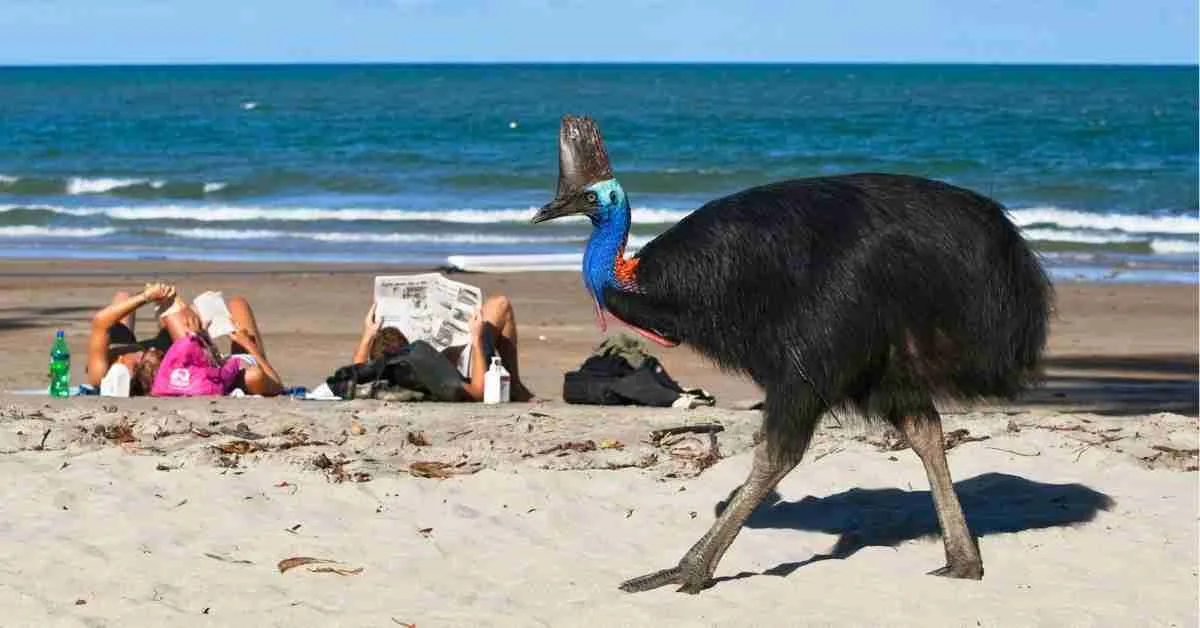
The southern cassowary is one of the most dangerous birds in the world. With dagger-like claws and a powerful kick, it defends itself fiercely.
These flightless birds help rainforests thrive by dispersing seeds. Sadly, habitat destruction has endangered them, highlighting the need for protection.
8. The Quokka: The World’s Happiest Animal

Quokkas, found mainly on Rottnest Island, are famous for their friendly smiles. These small marsupials are curious and unafraid of humans, making them perfect for wildlife photography.
They survive in harsh conditions by storing fat in their tails. Conservation efforts help maintain their populations in the wild.
9. The Tasmanian Devil: A Feisty Scavenger
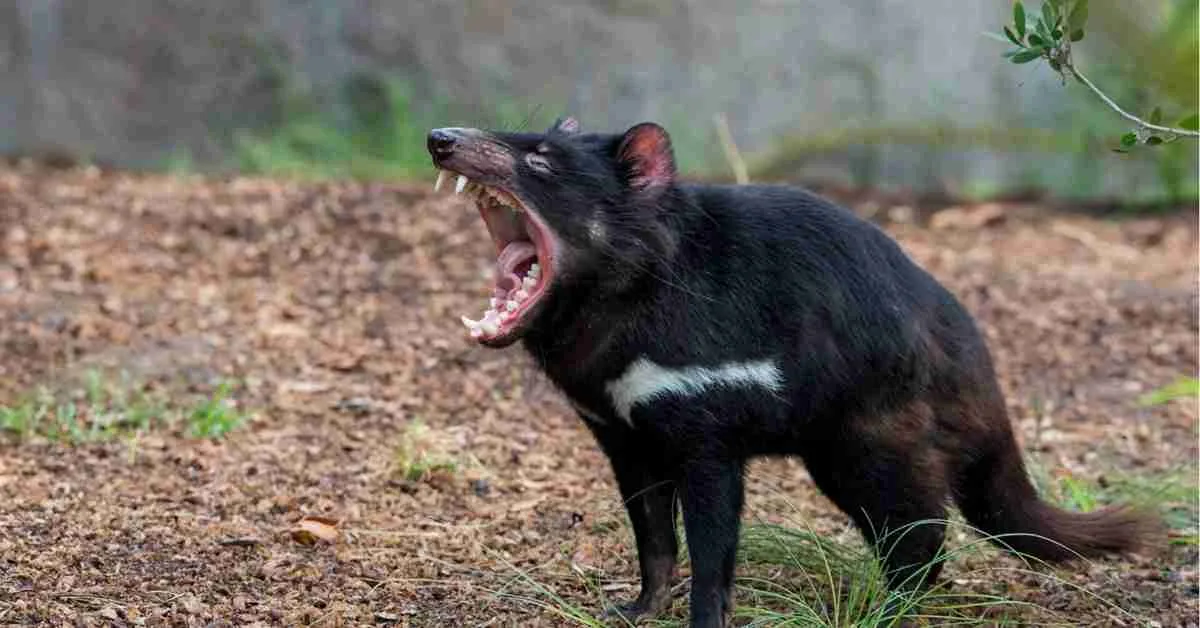
Tasmanian devils are known for their loud screeches and powerful jaws. They play a vital role in their ecosystem by cleaning up carcasses.
A contagious cancer called Devil Facial Tumor Disease has drastically reduced their numbers. Breeding programs aim to save this iconic species.
10. The Echidna: Australia’s Spiny Anteater

Echidnas are one of only two egg-laying mammals (monotremes). Their spines protect them from predators, while their long tongues slurp up ants and termites.
They have a low body temperature, helping them survive in extreme conditions. Echidnas are widespread, living in forests, deserts, and even urban areas.
Read Similer Post – Wildlife Experience Near Perth
